Best Timing for Leach Line Repairs
Leach line repairs are typically most effective during specific periods when ground conditions and environmental factors favor proper inspection and repair work. The optimal time depends on local climate, soil moisture levels, and the operational status of the septic system. Understanding these factors can help determine the best window for scheduling repairs to minimize disruptions and ensure long-term system performance.
Spring often provides favorable conditions for leach line repairs due to moderate soil moisture and increased daylight hours, allowing for easier excavation and inspection.
Late summer and early fall can be ideal as ground moisture levels stabilize after summer droughts, reducing the risk of soil collapse during repair work.
Winter is generally less suitable due to frozen ground, which complicates excavation and can delay repair projects.
Repair timing should consider soil saturation levels; overly wet or frozen soil can hinder effective repairs and increase risk of damage.
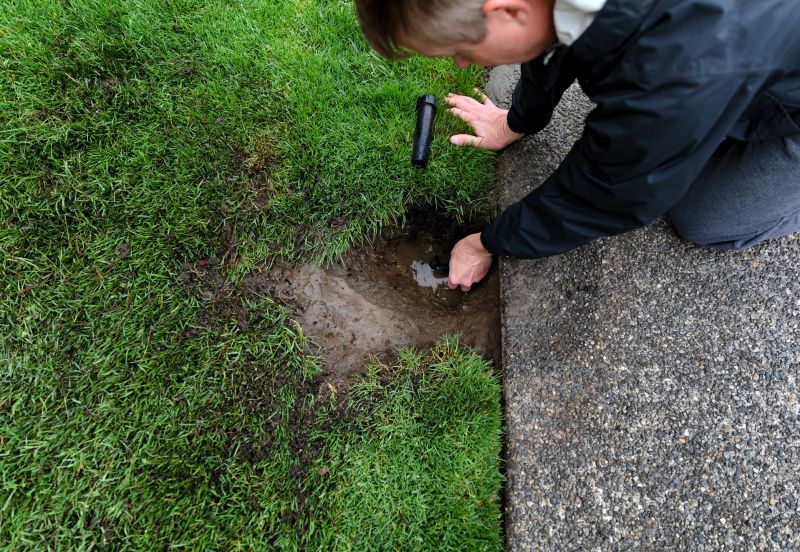
A technician inspecting a leach field during optimal weather conditions.
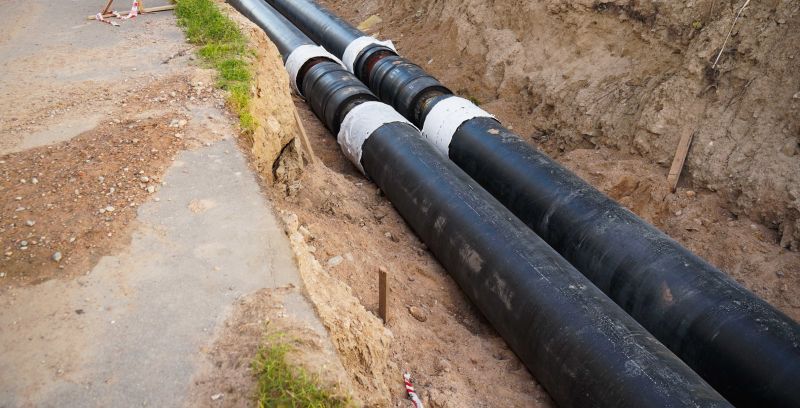
Excavation process in favorable soil conditions for leach line maintenance.
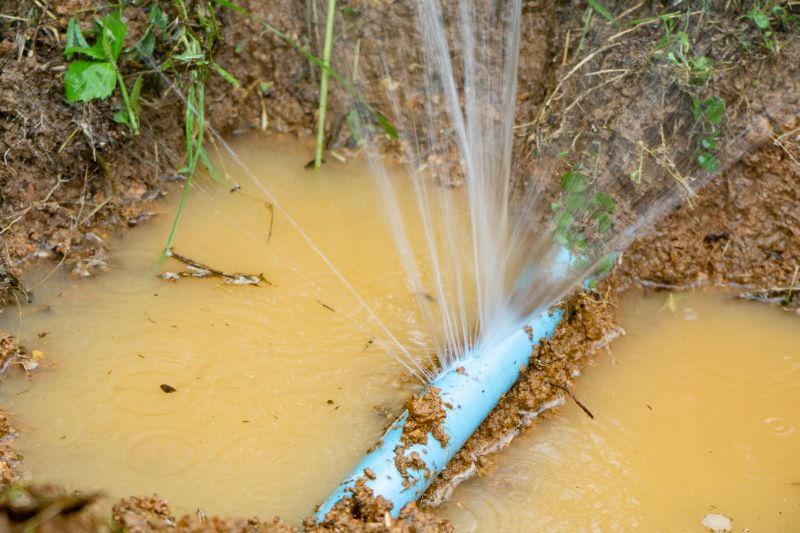
Testing soil moisture levels before scheduling repairs.
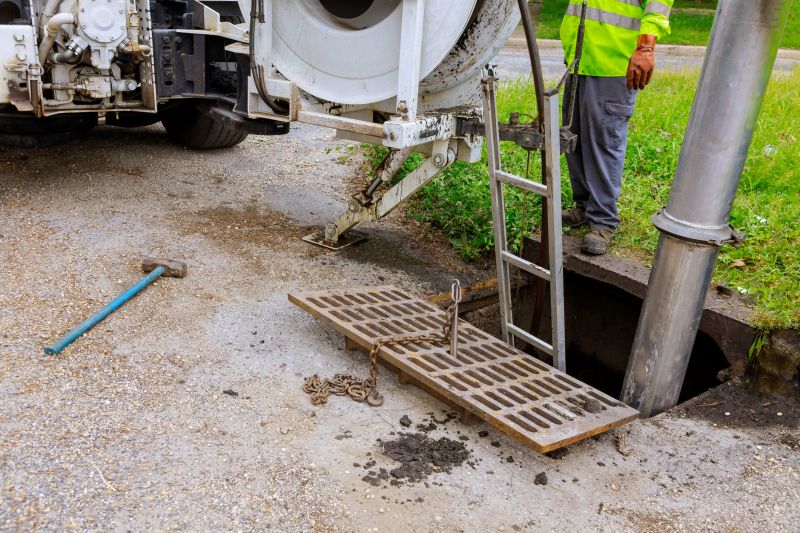
Assessing the condition of leach lines during suitable weather.
| Season | Ideal Conditions |
|---|---|
| Spring | Moderate soil moisture, longer daylight hours |
| Late Summer/Early Fall | Stabilized soil moisture, lower temperatures |
| Winter | Frozen ground, difficult excavation |
| Summer | Potential drought conditions, soil dryness |
| After Heavy Rain | Soil saturation may hinder repairs |
Leach line repairs are essential for maintaining the proper functioning of septic systems. These repairs involve replacing or repairing the underground pipes that distribute effluent into the soil absorption area. Proper timing ensures minimal disruption and helps prevent further damage caused by soil saturation, root intrusion, or pipe deterioration. Regular inspection and timely repairs can extend the lifespan of a septic system and ensure compliance with local regulations.
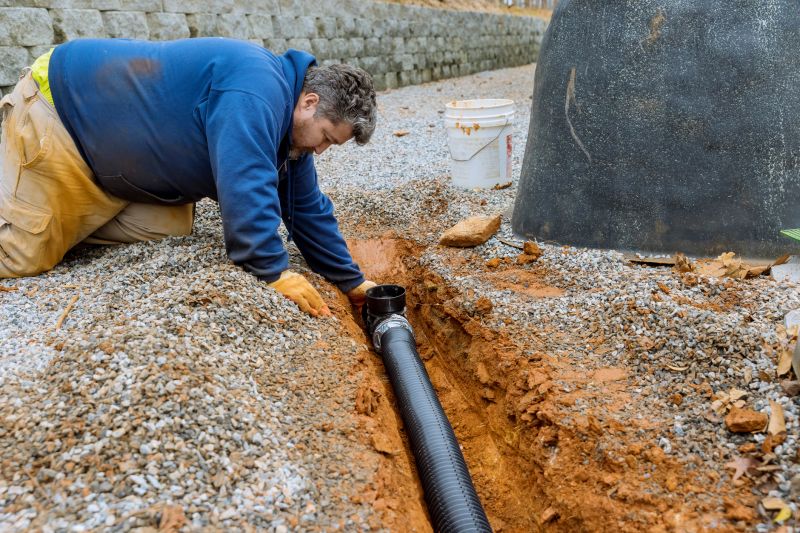
Technicians performing leach line repairs in optimal conditions.
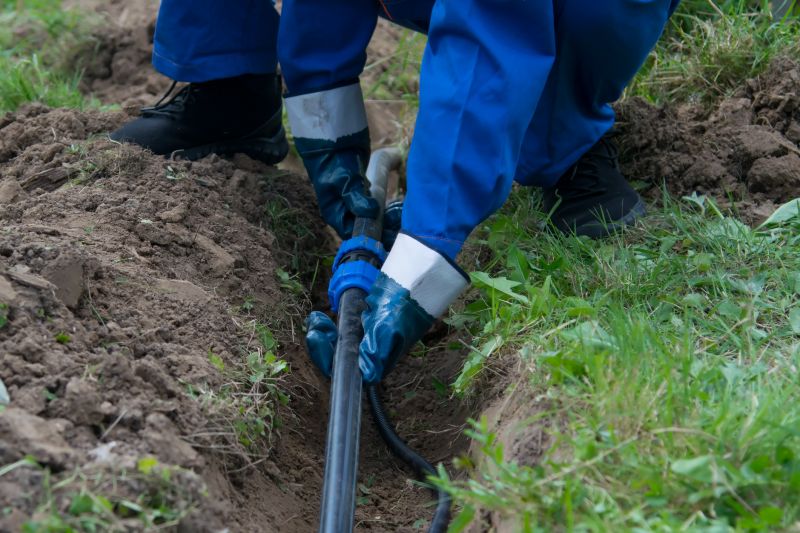
Inspection of repaired leach lines after completion.
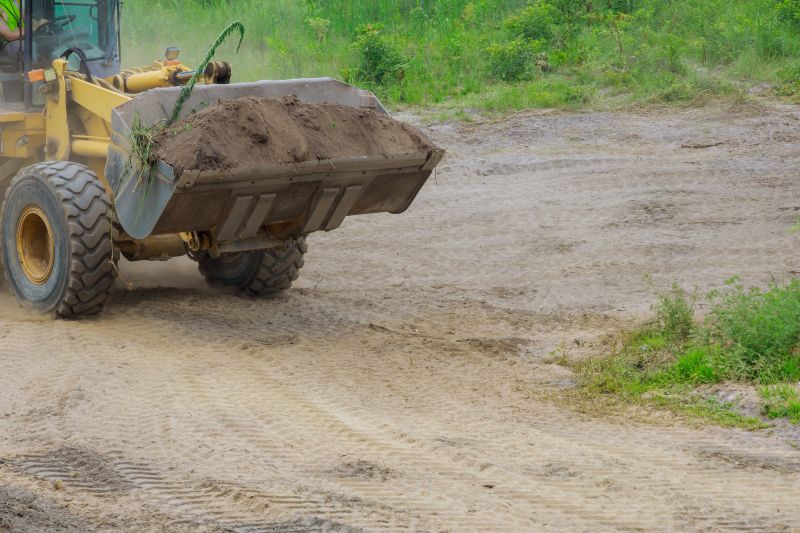
Tools used for assessing soil conditions before repairs.
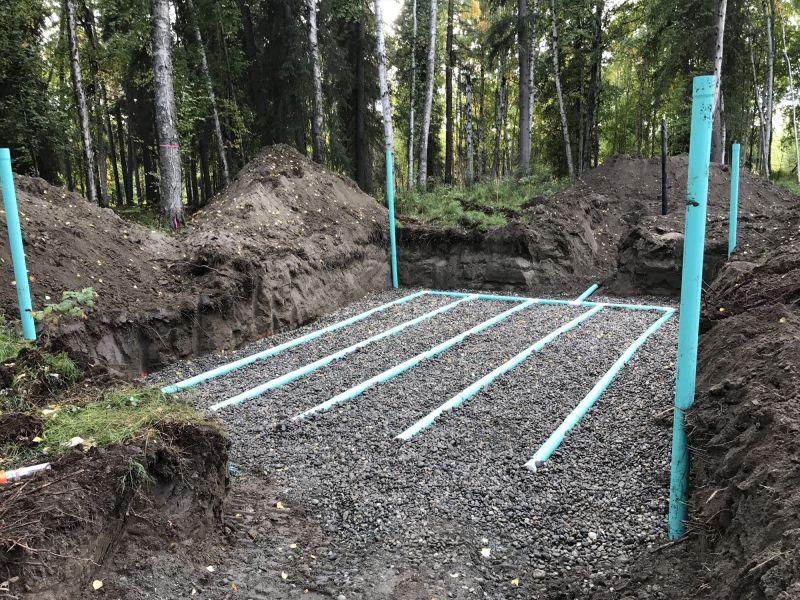
Components involved in leach line repair projects.
Interested parties are encouraged to contact for further information about scheduling leach line repairs. Proper timing and professional assessment can help ensure the longevity and efficiency of septic systems, avoiding costly failures and environmental issues.
